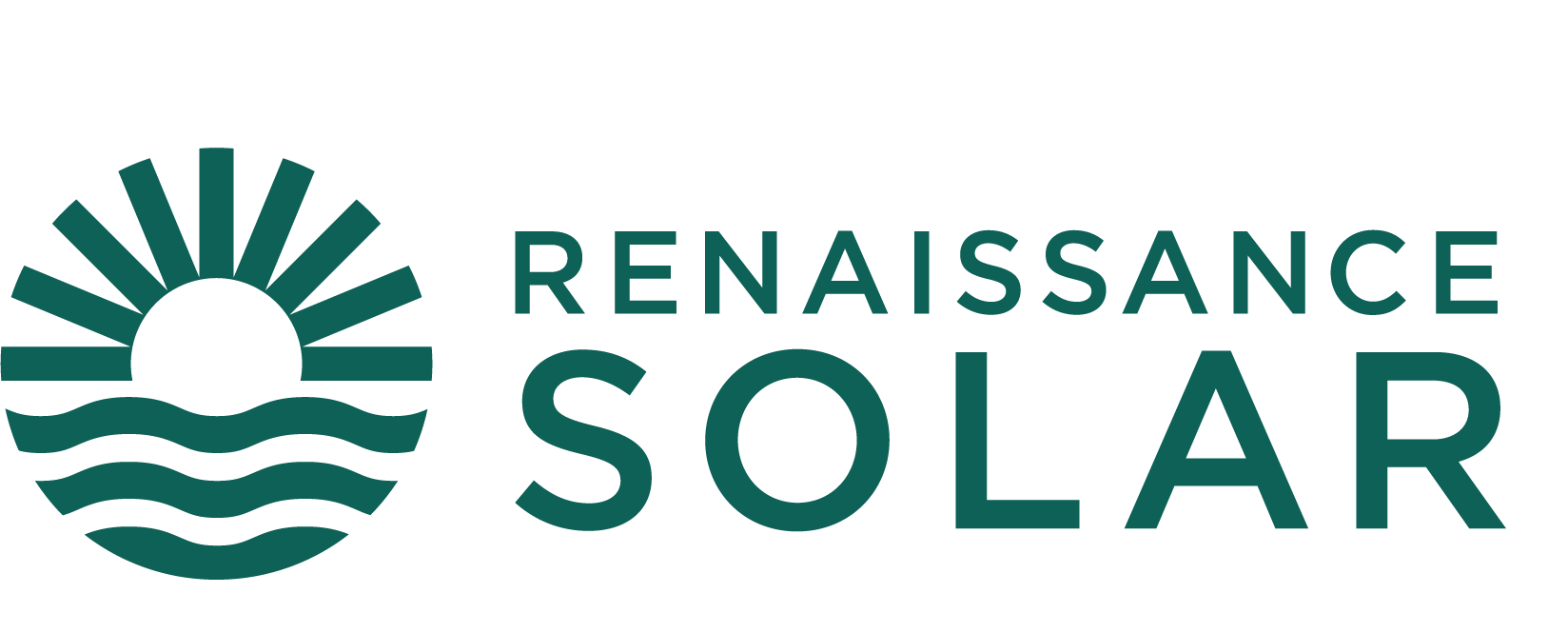Installing inverters in solar power systems can be a complex process, but with the right tools and knowledge, it can be done by DIY enthusiasts. In this blog post, we’ll discuss the steps involved in installing inverters in solar power systems and provide some tips to help you with the process.
Before installing inverters, it’s essential to ensure that the system’s wiring is up to code and that the inverter is compatible with the solar panels and batteries. Once you have confirmed this, the following steps can be taken:
- Determine the inverter’s location: The inverter should be installed in a dry, ventilated location, away from direct sunlight and heat. Ensure that there is sufficient space around the inverter for easy access and maintenance.
- Mount the inverter: Once you have determined the location, mount the inverter securely using the manufacturer’s instructions. Ensure that the inverter is level and secure, and the wiring is not strained.
- Connect the DC wiring: The DC wiring should be connected to the solar panels, ensuring that the polarity is correct. Connect the DC wiring to the inverter’s DC input, ensuring that the polarity is correct.
- Connect the AC wiring: The AC wiring should be connected to the inverter’s AC output and the main electrical panel. Ensure that the wiring is up to code and that the polarity is correct.
- Turn on the inverter: Once the wiring is connected, turn on the inverter and ensure that it’s functioning correctly. Check the inverter’s display to ensure that it’s producing the correct voltage and frequency.
It’s important to note that installing inverters in solar power systems can be dangerous and should be done with caution. If you’re not comfortable with the process, it’s recommended that you seek the help of a professional solar company.
At Renaissance Solar, we have a team of experienced professionals who can help you with the installation of inverters in your solar power system. Our team can guide you through the process and ensure that your system is up and running efficiently. Get in touch with Renaissance Solar today to discover more about our installation services and how we can assist you in reducing your carbon footprint while saving you money on energy costs.
